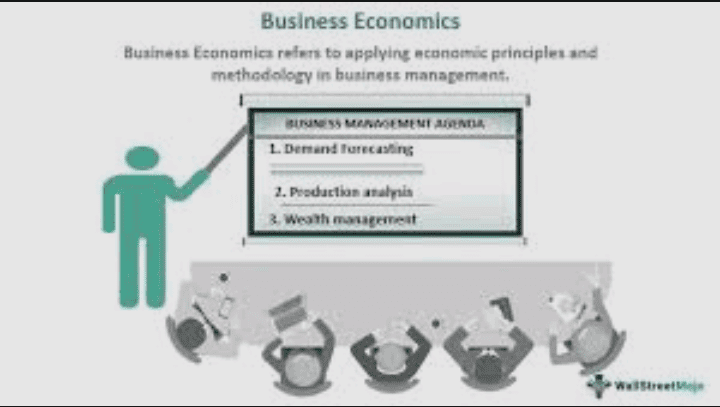- Studies of Business Trends: These are to determine industries with growth potential and those facing a stagnant future.
- Pricing Studies: These are to estimate the demand level at different prices. Such studies reveal the extent to which customers are sensitive to price changes and provide valuable clues to the market or in assessing the impact of price increases or decreases on sales.
- Diversifications Studies: These provide information on the profitable new opportunities for business growth that a firm can consider for diversification. The diversification may be into totally new and unknown areas or into allied areas.
- Product-Mix Studies: If a firm is considering diversifying into allied product areas, it may like to find out the product-mix combinations which would optimize its existing resources and provide synergy for growth. A company in the business of cooking oil would like to do research into one or more of the following products for arriving at a ‘synergistic’ product mix: butter, spices, dehydrated foods, frozen foods, instant food mixes, custard powder, branded wheat flour, and rice.
Read Also: Definition and Purpose of Marketing Research

Plant and Warehouse Location Studies: Research is also needed to determine the best possible location for setting up a new plant.
Before arriving at a decision, a firm would need to research factors such as availability of raw material and labor, proximity to market place, telecommunication and transport infrastructure, financial, taxation, and other incentives applicable to each location.
In the case of warehouse location, you would research into movement patterns of goods to different cities, high sale potential areas versus low sale potential areas, number of checks for quality needed en route from the destination to the final customer, and the benefit of conducting these checks against the cost of acquiring and maintaining a warehouse and convenient rail/road connections.
Read Also: Marketing Research Procedure and Research Design
Advertising Research
1. Audience Measurement
This is carried out on advertisements appearing in different media such as newspapers, magazines, journals, radio, TV, outdoor hoardings, kiosks, bus side panels, etc. The objective of this type of research is to estimate the audience size of each media channel (e.g. print or electronic responses).
2. Determining the Most Cost-Effective Media Plan
Each media channel has its unique advantages and disadvantages, and each media vehicle has its own cost structure.
Research can be used to find out the best media vehicle by matching your product characteristics with the audience profiles of different media vehicles and the respective cost of advertising in these.
3. Copy Testing
One approach for researching the effectiveness of the copy (the words or pictures of the advert) is to test the following elements:
- Basic themes, ideas, appeals
- Headlines baseline, pictures, jingle, story sequence
- Pre-testing whole advertisements in rough or finished form
- Pre-testing the effect of repetition to simulate a campaign (all the above can be tested under simulated conditions)
- After the advertisements have been released, post-testing them individually in their normal media
The other approach for conducting research is to assess the copy or the entire advertisement/campaign for the following:
Read Also: Research Instrument and Data Analysis
- Assessing for its attention value, interest value, and arousal,
- Testing for communication clarity,
- Testing for their effect on consumer attitudes,
- Testing for their effect on purchase behavior.
Determining Advertising Effectiveness
After the advertisements have been released, it is important to monitor their impact in terms of achieving the intended objective(s).
To what extent has the advertising achieved its objective of creating brand awareness, creating a corporate image, educating the customers about product usage, and so on? The effectiveness is always determined in relation to the cost incurred.
Consumer Behaviour Research
To determine who the customers of the product (men, women, children, working women, housewives, retired people) are and profile them in terms of their socio-economic background, age, religion, and occupation.
- To find out where the customers are located.
- To determine their motivations to purchase your brand of product.
- To determine their buying behavior pattern in terms of identifying sources of information and influence, and sequence of purchase decisions.
- To find out the post-purchase satisfaction level of customers.
Read Also: Sales Promotion Objectives and Methods
